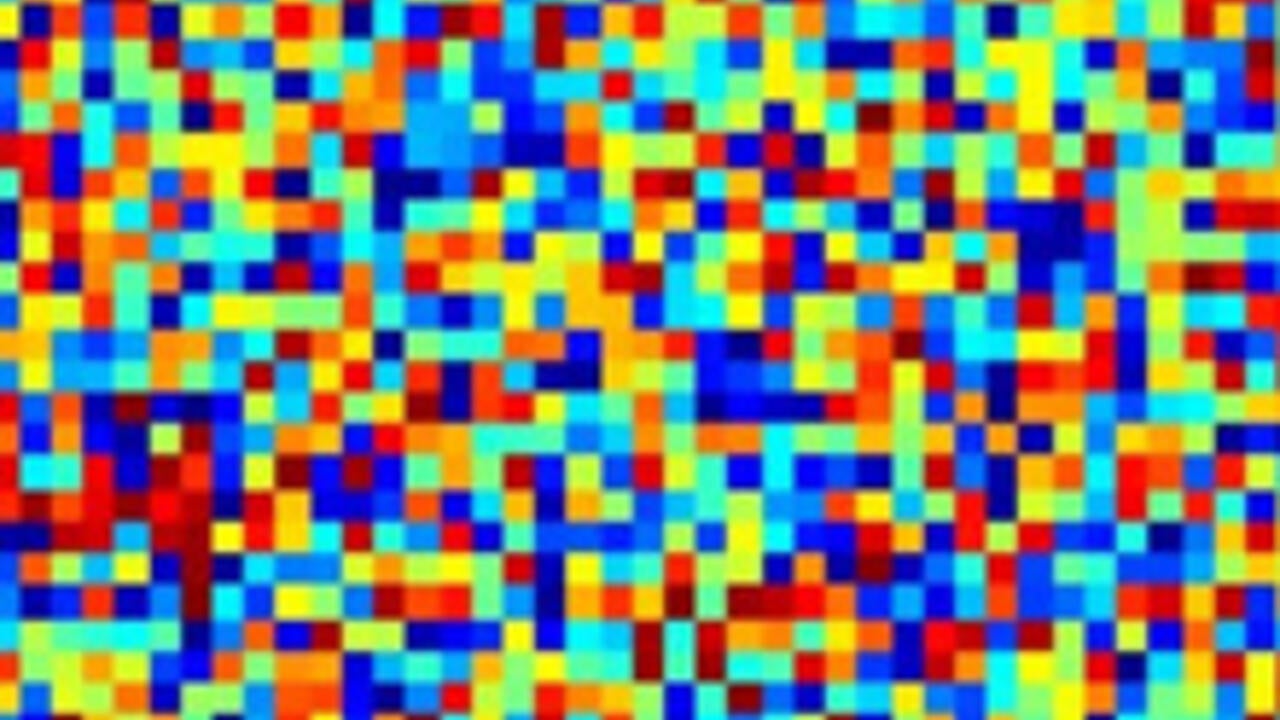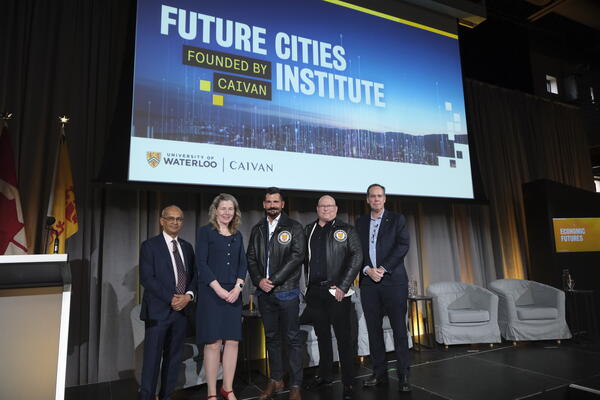
Breakthrough tech helps doctors more accurately diagnose cancer
Over-treatment of cancer patients is controversial. Now big data mining of MRI images and CT scans is helping radiologists make the right diagnosis

Over-treatment of cancer patients is controversial. Now big data mining of MRI images and CT scans is helping radiologists make the right diagnosis
By Kira Vermond University RelationsCorporations use big data mining to find out everything from the kind of car you want to buy to your favorite holiday destination. Now, doctors are using it to make sure when somebody is diagnosed with cancer - they’ve got it right.
Research from the University of Waterloo is taking speculation off the table so radiologists can more accurately determine whether you or your loved one has cancer, and exactly what kind it is, when reading CT scans and MRI images. Getting the diagnosis exactly right with medical images, can mean less invasive testing and unnecessary treatment for patients.
The new technology is showing excellent results, accurately detecting lung cancer 91 per cent of the time. It’s a vast improvement when you consider a recent study showed radiologists looking at CT images were able to detect lung cancer only 55 per cent of the time.
Alexander Wong, a systems design engineering professor and Canada Research Chair in Medical Imaging Systems, is collaborating with doctors Masoom Haider and Farzad Khalvati at Sunnybrook Health Sciences Centre in Toronto to develop the breakthrough technology. Called discovery radiomics, it analyzes information from thousands of patients’ images – think terabytes of stored CT and MRI image data – and combines that information to pinpoint hidden biomarkers that indicate specific types of cancer.
Without this kind of personalized data, radiologists pull up images and simply use their years of experience and training to look for signs of disease.
Call it extremely educated guesswork.

Alexander Wong, University of Waterloo systems design engineering professor and Canada Research Chair in Medical Imaging Systems
“But that sometimes ends up boiling down to, ‘here’s a little smudge’ or ‘it’s slightly darker or brighter.’ It’s not very conclusive,” says Wong.
This ambiguity is a real problem in clinical diagnosis using imaging. “At the end of the day, radiologists are people,” Wong explains. “They might make slightly different observations from one day to the next.”
Discovery radiomics, however, helps maintain a level of consistency and accuracy so there are fewer false positives and negatives. And while his original research was based on a similar idea – using existing images to help detect cancer – Wong’s new direction goes much further.
 The new technology answers important questions like:
The new technology answers important questions like:
Khalvati, a junior scientist at Sunnybrook Research Institute working with Wong on the project, says the technology’s ability to give more specific information about a person’s cancer could go far in helping eliminate unnecessary treatment and invasive testing.
For instance, prostate cancer often grows so slowly that patients die from other maladies well before the cancer would have caused harm.

Farzad Khalvati, junior scientist at Sunnybrook Research Institute
Or take the example of a lung biopsy, which requires creating an incision and inserting a needle through the patient’s chest cavity. But if radiologists have better imaging data to work with, why bother putting patients under the knife?
“There’s a lot of controversy in terms of over-treatment and over-diagnosis of prostate cancer. A lot of people who go for treatment don’t need to,” Khalvati says.
“Our goal is to diagnose accurately and non-invasively so patients will get the treatment they need and save others from unnecessary treatment.”
Eventually, Wong hopes that discovery radiomics will lead to not just detecting cancers, but actually give deeply useful information to help eradicate cancer in the first place.
“The more information we have, the better decisions we can make,” says Wong. “That’s going to help patients in the long run.”
Wong is affilliated with the University of Waterloo’s Centre for Bioengineering and Biotechnology, which is presenting the first Waterloo Region MED TECH Conference this week, along with the Grand River Hospital, Communitech, and the Waterloo Wellington Local Health Integration Network. The conference, held at Grand River Hospital’s Freeport Campus, is bringing community leaders together to discuss how health care, technology, research and entrepreneurship intersect.

Read more
The gift comes from two Waterloo alumni with passion and drive to have transformative impact

Read more
University of Waterloo researchers discuss the challenges faced by researchers amid rising antagonism in climate science discourse

Read more
Ten promising teams receive grants to advance commercialization efforts
The University of Waterloo acknowledges that much of our work takes place on the traditional territory of the Neutral, Anishinaabeg and Haudenosaunee peoples. Our main campus is situated on the Haldimand Tract, the land granted to the Six Nations that includes six miles on each side of the Grand River. Our active work toward reconciliation takes place across our campuses through research, learning, teaching, and community building, and is co-ordinated within the Office of Indigenous Relations.